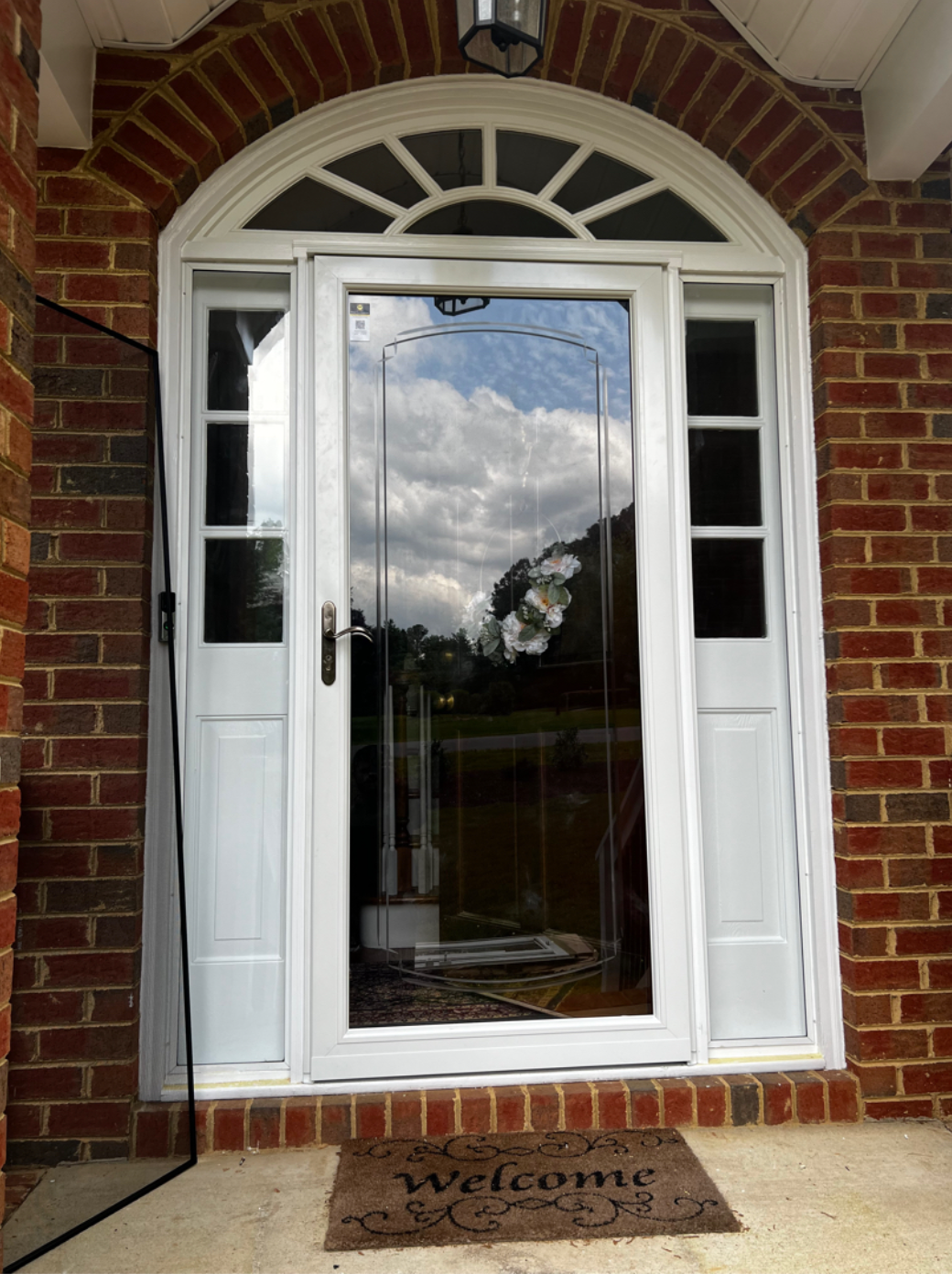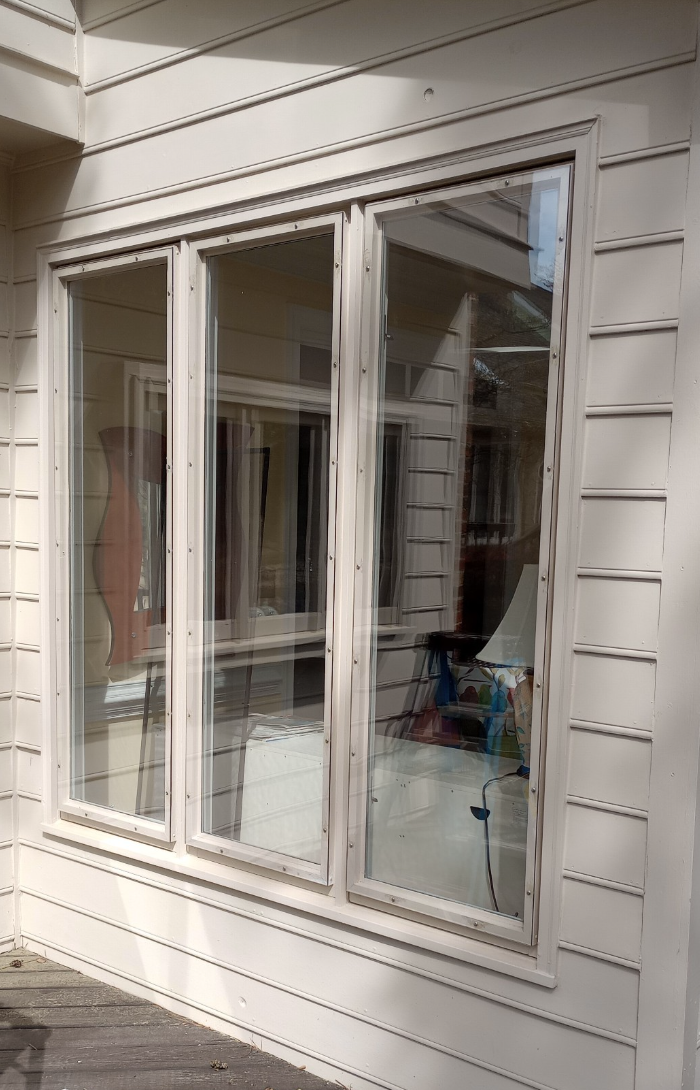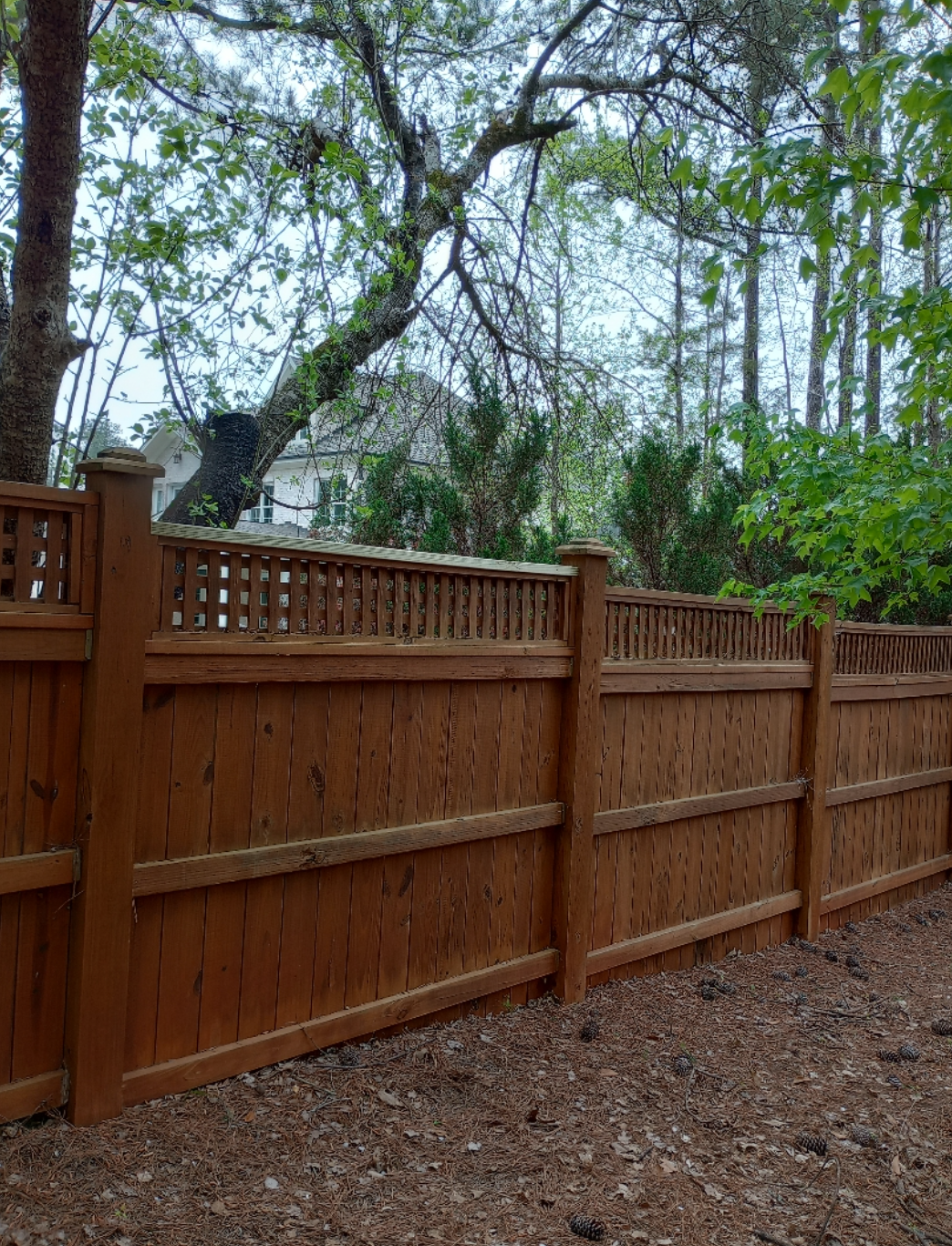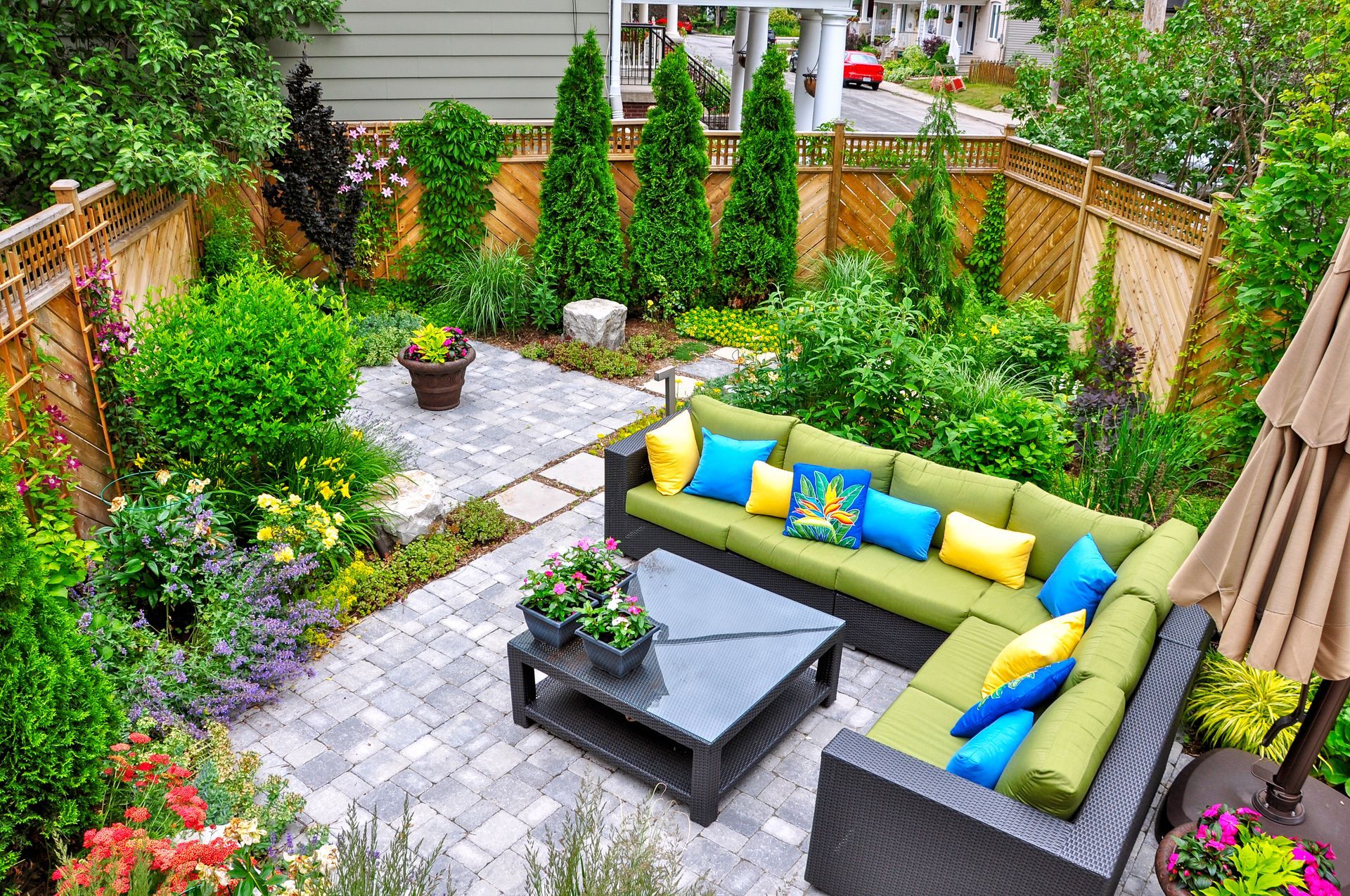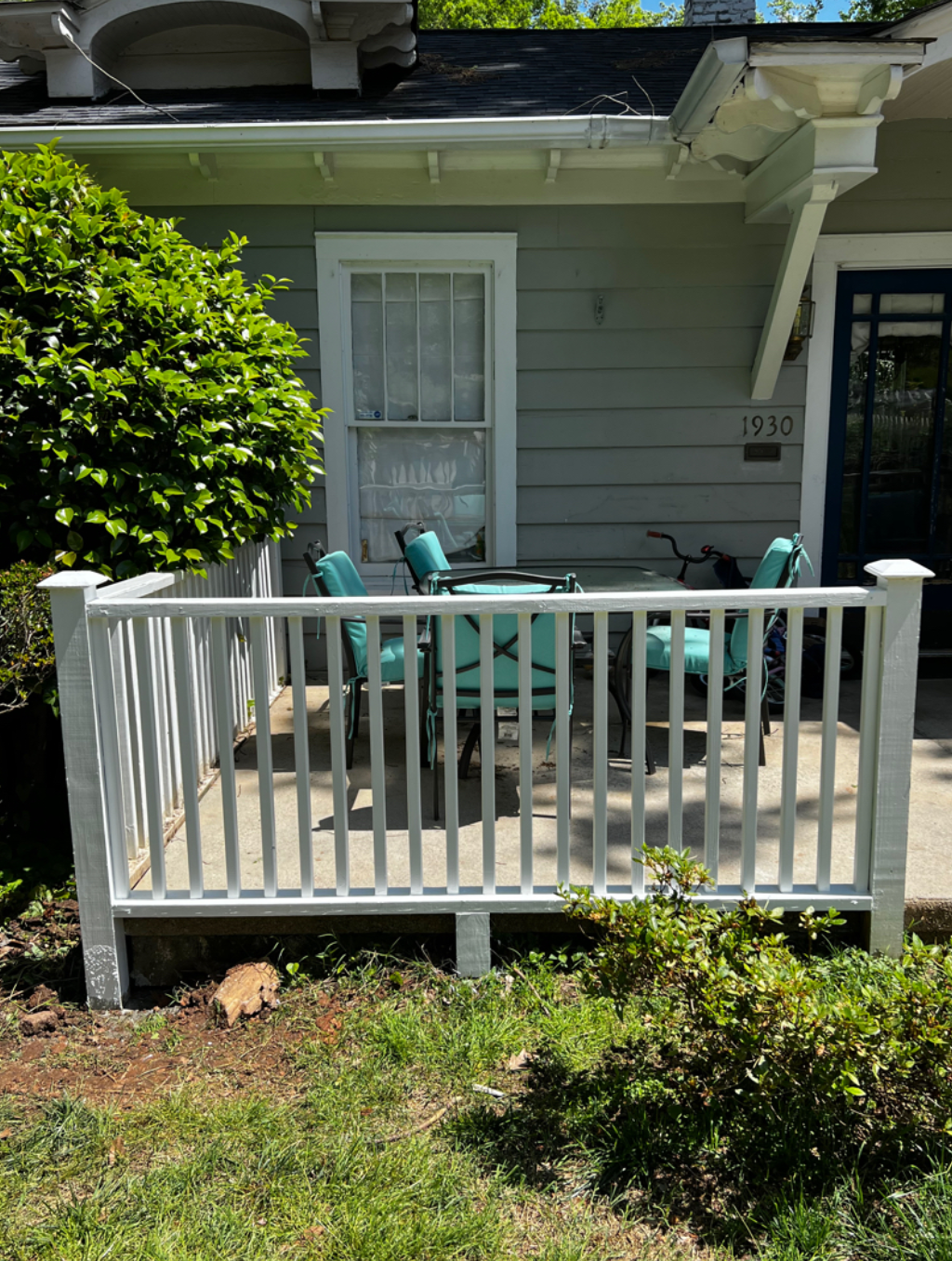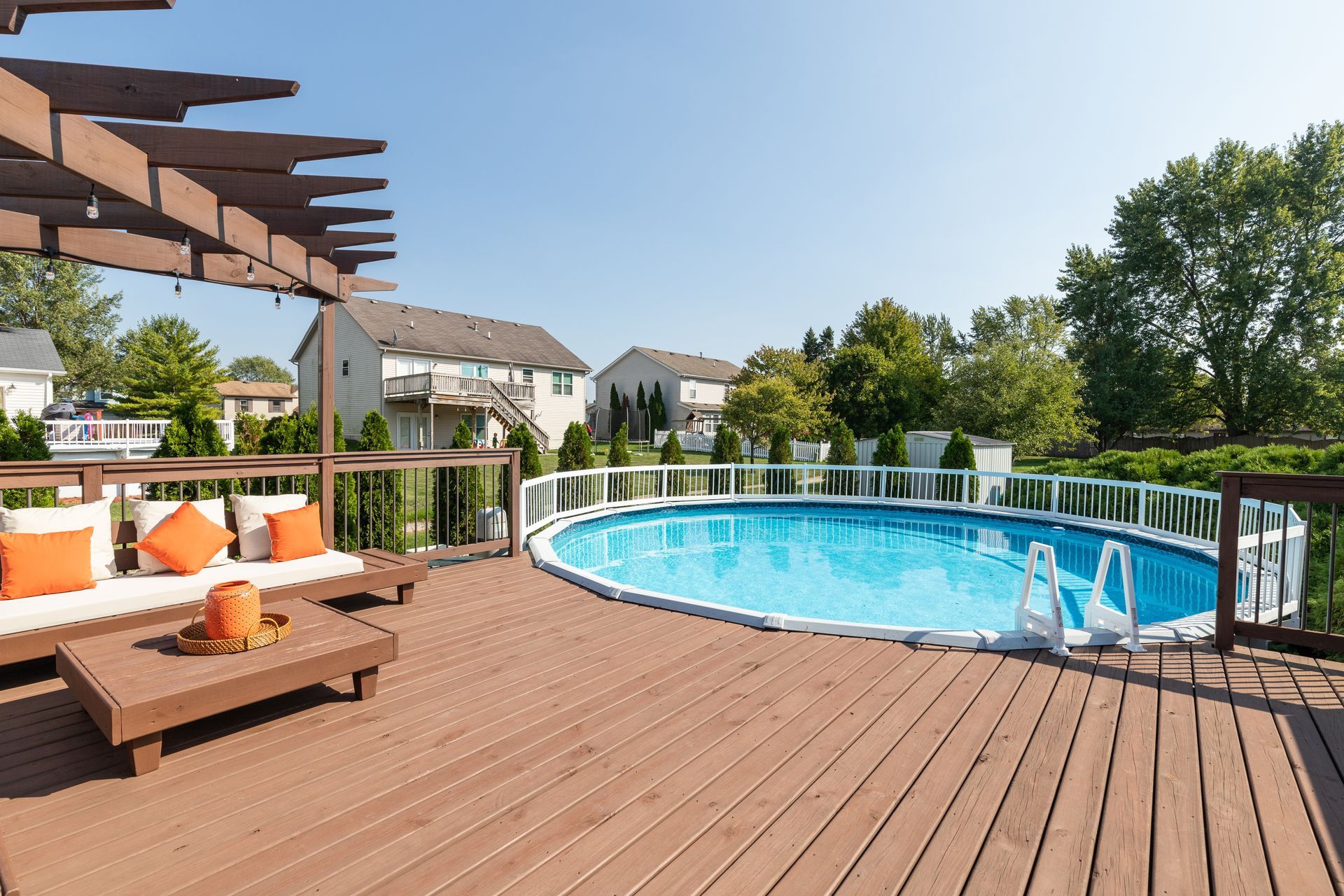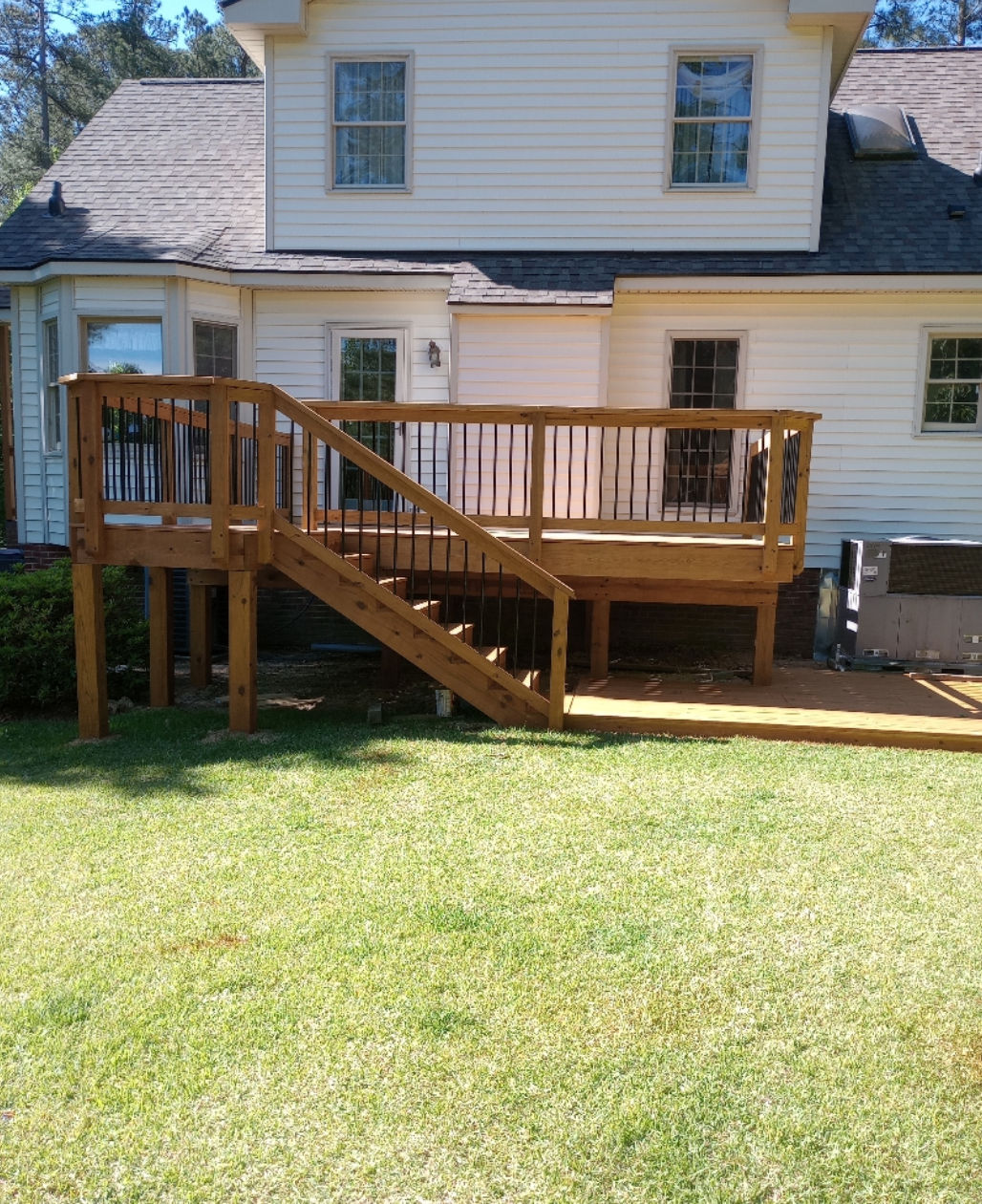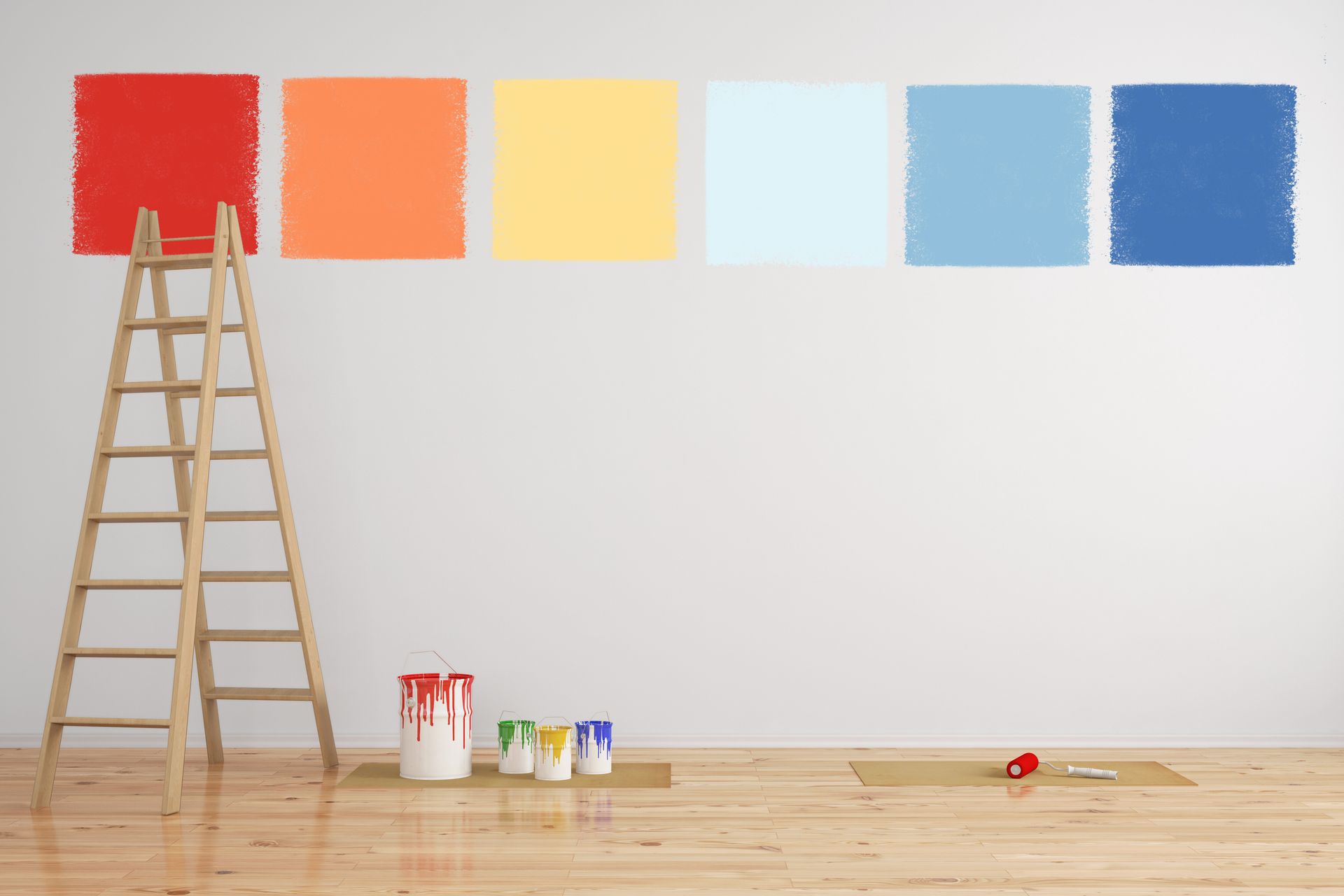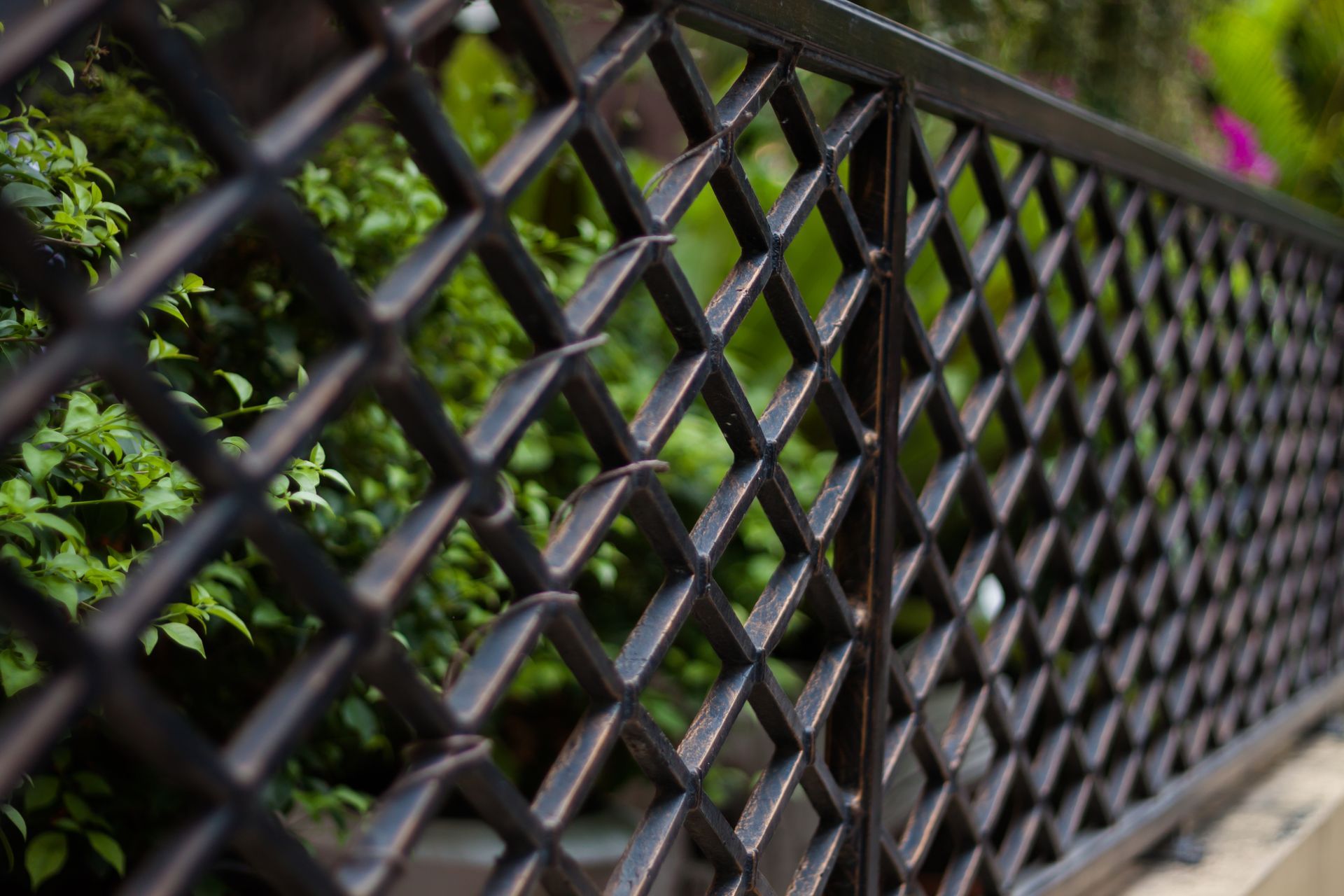Commercial Painting Cost Breakdown: What to Expect in 2025
Embarking on a commercial painting project requires understanding the costs involved to ensure effective budgeting and decision-making. Whether you're refreshing an office, retail space, or other commercial venue, knowing the factors that influence costs can help you prepare and avoid surprises. This guide explores the key elements contributing to commercial painting costs, including materials, labor, square footage, and long-term maintenance.
Understanding Commercial Painting Costs
Several factors influence the costs associated with commercial painting, including materials, labor, project size, and additional considerations like permits or special equipment. Let’s take a closer look:
Materials: Quality and Variety
The type and quality of paint significantly affect the overall cost of a commercial painting project. High-quality paints may have higher upfront costs, but they offer better coverage and durability, which is essential for high-traffic areas.
Types of Paint
- Acrylic Paints are popular for their durability and fast-drying properties, making them ideal for various commercial spaces.
- Epoxy Paints provide a strong, long-lasting finish, perfect for industrial areas or spaces with heavy use.
- Eco-Friendly Options, such as low-VOC or zero-VOC paints, are favored for improving indoor air quality, despite their slightly higher cost.
Labor: The Value of Expertise
Labor is a major component of commercial painting costs. Hiring experienced professionals ensures efficient work, detailed attention, and minimal disruption to daily operations. In Raleigh, Quick Care Home Repair delivers exceptional Commercial Painting services with a focus on precision and quality.
Factors Influencing Labor Costs
- Job Complexity: Intricate designs or specialized techniques can increase labor time and costs.
- Accessibility: Additional costs may be necessary if special equipment like scaffolding or lifts is required.
- Project Duration: Longer projects generally involve higher labor costs, with effective planning helping to manage these expenses.
Square Footage: Defining the Project Scope
The area size to be painted is a straightforward cost determinant. Larger spaces naturally demand more materials and labor, increasing overall costs. However, some contractors may offer volume discounts for bigger projects.
Estimating Costs
- Pricing Per Square Foot: Many contractors use square footage to determine pricing, simplifying cost estimation.
- Detailed Estimates: Reliable professionals like Quick Care Home Repair provide transparent quotes, aiding in effective budget management.
Long-term Maintenance: Preserving Your Investment
Ongoing maintenance is essential for safeguarding the value of your commercial painting investment. While it represents a recurring expense, initially investing in quality materials and workmanship can significantly reduce future needs.
Maintenance Considerations
- Regular Cleaning: Helps prevent dirt buildup and keeps paint looking fresh.
- Scheduled Touch-ups and Repairs: Help manage wear and minimize costly repairs.
- Weather-Resistant Materials: For exterior projects, choosing these can reduce the need for frequent repaints due to environmental exposure.
Budgeting for Commercial Painting
Creating a realistic budget is crucial for managing commercial painting expenses efficiently. Consider these steps:
- Prioritize: Determine which areas need immediate attention and which can wait.
- Get Multiple Quotes: Collect estimates from various contractors to compare pricing and services. Quick Care Home Repair offers comprehensive quotes covering all project aspects.
- Plan for Contingencies: Reserve part of your budget for unexpected expenses, like necessary repairs discovered during the project.
Finding Affordable Commercial Painting Solutions
While maintaining quality is essential, finding affordable solutions is also important for businesses. Quick Care Home Repair offers competitive rates with high-quality standards in Raleigh and nearby areas.
Cost-saving Tips
- Schedule During Off-Peak Times: Painting during less busy contractor periods can result in better pricing.
- Choose Durable Materials: Investing in high-quality, durable materials can reduce the need for frequent repaints, saving money long-term.
- Combine Projects: If both interior and exterior painting are needed, bundling them can provide cost advantages.
Strategizing for Business Success
Understanding the cost breakdown of commercial painting enables businesses to plan effectively, manage budgets, and ensure high-quality results. By considering factors such as materials, labor, square footage, and maintenance, businesses can navigate costs and achieve their desired outcomes. Quick Care Home Repair is dedicated to providing expert Commercial Painting services that meet your business's aesthetic and functional needs, ensuring a professional and appealing environment. Reach out to explore solutions tailored to your budget and project goals.


